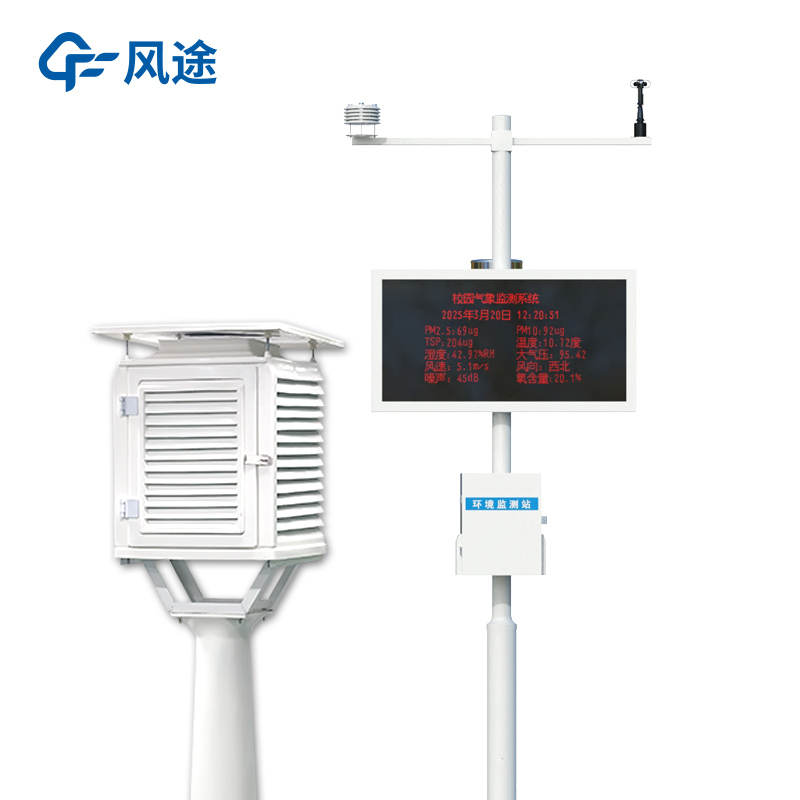Meteorological environment monitoring equipment supplier
Insist on doing high-precision customer favorite technology products
Campus Weather Station is indeed of great use.
It serves as the forefront of meteorological science education. For primary school students, meteorological knowledge is often abstract and difficult to understand, but the Campus Weather Station makes such abstract knowledge concrete. Students can learn about temperature measurement through the Stevenson screen in the observation station, understand wind direction changes via wind vanes, and record rainfall amounts with rain gauges. For example, after a weather station was installed in a primary school, teachers and students gave it a beautiful name - "Ru Meng Ling" (a famous Chinese ci poem title).
The Ru Meng Ling weather station is divided into manual and automatic parts. The manual weather station is equipped with observation devices for six elements such as temperature, rainfall, and wind direction, while the automatic weather station integrates advanced technology to achieve 24-hour data collection and transmission, with a supporting display screen to show data in real time. During every break, children gather around the display screen, excitedly discussing how much the temperature has risen compared to yesterday and predicting whether it will rain tomorrow. Such scenes bring meteorological knowledge from textbooks to life and spark children's curiosity and desire to explore meteorological science.
In fact, meteorological science integrates knowledge from multiple disciplines such as physics, mathematics, and geography. When students participate in meteorological observations and record temperature and humidity data, they unconsciously exercise their mathematical calculation and data statistics abilities; analyzing weather change patterns helps them better understand knowledge in geography classes; and understanding the principles of meteorological instruments exposes them to physics knowledge. Moreover, observations require teamwork, and children need to take turns recording data on time, which cultivates their patience and attentiveness. There was once a class that gave up break time for a week to continuously record meteorological data and earnestly complete the observation task. Such experiences foster children's rigorous scientific attitude far better than mere preaching.
Additionally, the Campus Weather Station can practically serve campus life. Whenever severe weather such as strong winds or heavy rains approaches, the weather station issues early warnings, allowing schools to promptly adjust outdoor activity plans and ensure student safety. In daily life, children check the weather station data and remember to remind themselves and classmates to add or remove clothes, gradually improving their self-care abilities in such small ways.
Some may wonder: since weather can be checked anytime on mobile phones or TVs, why set up a weather station on campus? However, the Stevenson screen in the weather station tells children how the temperature numbers on the screen are converted from real air temperatures; the moment the wind vane rotates makes children feel the wind direction more vividly than the icons in weather forecasts. This hands-on observation experience is irreplaceable by any media information.
Therefore, my view is that the Campus Weather Station is by no means a dispensable decoration. It is like a key opening the door for children to explore science, and like a silent teacher nourishing children's growth in all aspects of campus life.
